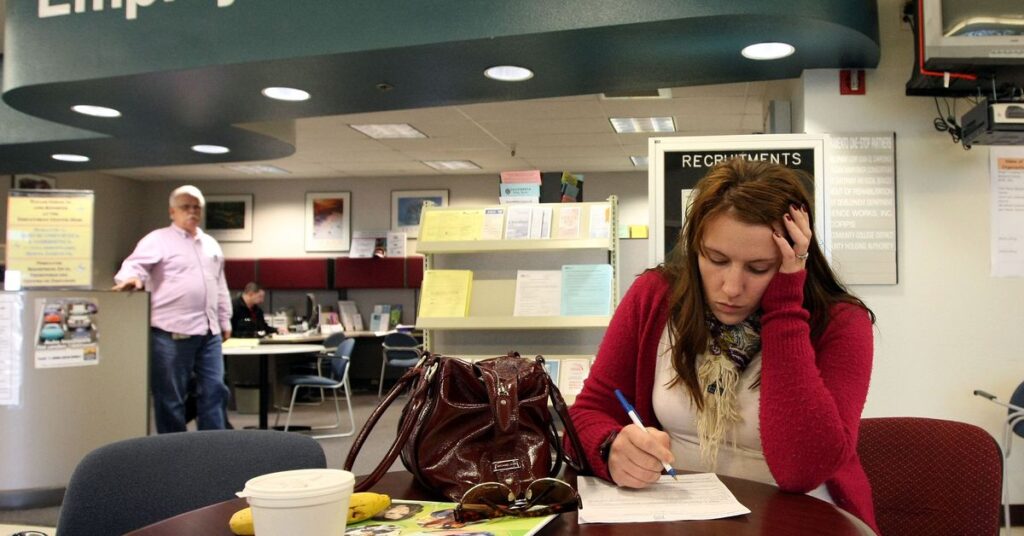When one thinks about America’s housing system, the phrase “easy to use” does not ordinarily come to mind. Buying a house or even just leasing an apartment usually requires thousands in upfront costs, application fees, credit checks, and more. And if you’re applying for affordable housing, the situation is worse. Cities often make applicants jump through ridiculous hoops to even apply for a scarce number of affordable units. In Washington, DC, applicants have to complete an orientation course and then manually enter individual lotteries for each home they’re applying for.
Recipients of housing choice vouchers (better known as “Section 8” vouchers after the portion of a 1937 federal law authorizing them) have it worst of all. Not only do landlords often discriminate against them, but local housing authorities are underfunded and, once on a waitlist, applicants wait years on average to actually get a voucher. Many housing authorities have closed their waitlists, so if you suddenly hit hard times and need assistance, you’re out of luck. You literally cannot apply.
But a collaboration between a team of social scientists and two housing authorities in Seattle suggests things don’t have to be this bleak. The program, called Creating Moves to Opportunity (CMTO), seeks to help Section 8 recipients in the Seattle area find housing in areas where children grow up to make high incomes.
Some of these researchers had earlier found that opportunity (measured as the share of poor kids who wind up in a higher income bracket as adults) varied widely not just from city to city, but from city block to city block. Their hope was to direct recipients to the blocks whose children have historically prospered as adults.
The first results from the initiative came out in 2019 — you can read a story I wrote about it then. Results were promising: The program dramatically increased the share of voucher recipients who moved to high-opportunity neighborhoods. Now, the
Read the full article here





